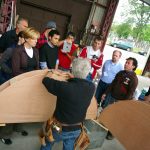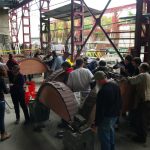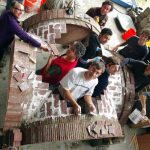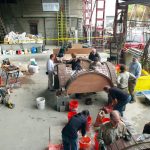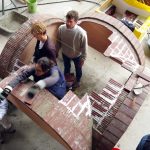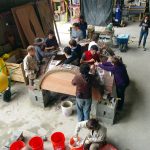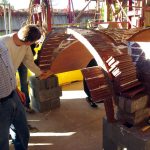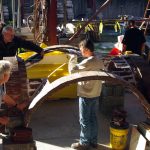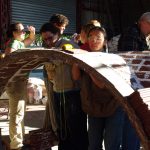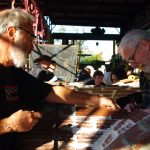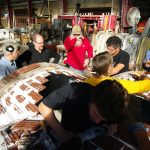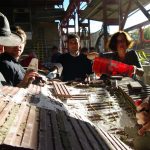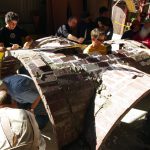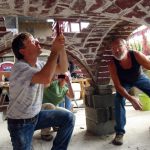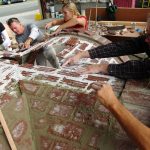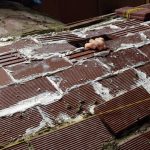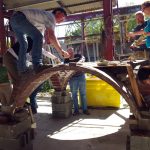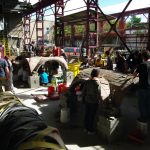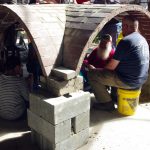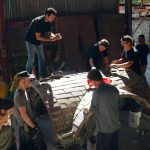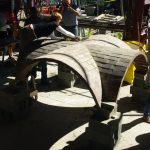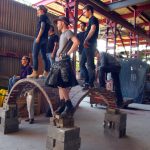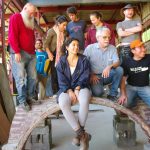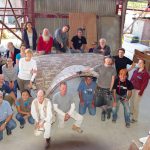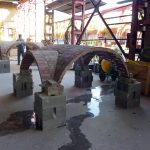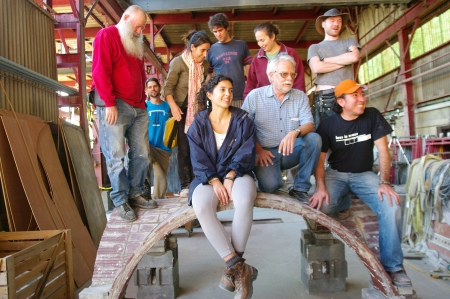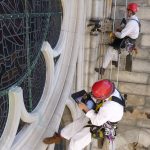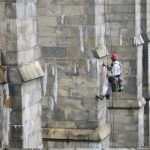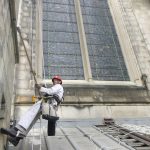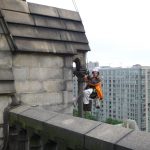Congratulations to Kevin Dalton on becoming our newest SPRAT Level 3 technician! In just a short couple of years, Kevin has logged over 1,000 hours on rope and learned the complex skills required of Level 3 technicians.
Last week, Keith Luscinski and Kevin traveled to Vertical Rescue Solutions in Denver for four days of rope access training, followed by a rigorous 8-hour-long evaluation. Both passing with flying colors, Keith renewed his Level 3 certification for another 3 years and Kevin moved up from his previous Level 2 certification. Four of Vertical Access’ seven technicians are now certified to SPRAT’s highest level.
The SPRAT Level 3 certification is difficult to achieve, requiring over 1,000 hours on rope, knowledge of complex rope systems and the ability to rescue an incapacitated coworker from any conceivable rope access system. The full-day evaluation consists of three parts: a written test, an oral exam and a practical evaluation. The written test takes about an hour and covers one’s knowledge of rope access regulations and standards. During the oral exam, candidates are grilled on their equipment and job-site safety procedures.
The practical evaluation takes up the remainder of the test day, and is an exhausting process for Level 3 candidates. Level 3 candidates must hoist a 200-pound “casualty” and move it through various rope access obstacles. Anywhere that a Level 1 technician could conceivably get himself stuck is somewhere that a Level 3 technician has to be able to perform a rescue. The practical evaluation also tests candidates’ ability to build mechanical advantage systems, tie a plethora of knots, construct anchors and use conventional fall protection devices.
Keith and Kevin enjoyed having a week to hone their skills but are now appreciating a few days in the office to recover from a strenuous week.




